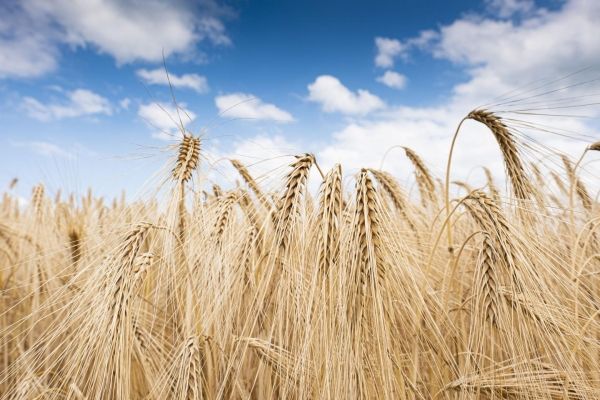Concentration of dinitrogen oxide – also referred to as nitrous oxide – in the atmosphere increases strongly and speeds up climate change. In addition to CO2 and methane, it is the third important greenhouse gas emitted due to anthropogenic activities. Human-made nitrous oxide emissions are mainly caused by the use of fertilizers in agriculture. Growing demand for food and feed in future might further increase the emissions. This is one finding of an international study published in Nature, in which Karlsruhe Institute of Technology (KIT) was one of the partners. (DOI: 10.1038/s41586-020-2780-0)
Dinitrogen oxide (N2O), also called nitrous oxide, is about 300 times as climate-damaging as carbon dioxide. It stays for about 120 years in the atmosphere. Although it exists in the form of traces only, it has a very strong greenhouse effect and superproportionally contributes to anthropogenic climate change. Nitrous oxide concentration in the atmosphere today already is about 20% higher than the pre-industrial value. In past decades, increase has accelerated due to emissions from various anthropogenic activities. In total, worldwide N2O emissions in 2016 were about ten percent higher than those of the 1980s. An international study coordinated by researchers from Auburn University in Alabama/USA now presents the most comprehensive evaluation of all nitrous oxide sources and sinks so far. Under the title “A comprehensive quantification of global nitrous oxide sources and sinks,” it is now reported in Nature. The conclusion: As a result of strongly increasing nitrous oxide emissions, the climate goals of the Paris Agreement are at stake.
Read more at: Karlsruher Institut fur Technologie (KIT)
Use of fertilizers in agriculture, in particular, is responsible for the increase in the climate-damaging nitrous oxide concentration in the atmosphere. (Photo Credit: Markus Breig, KIT)


